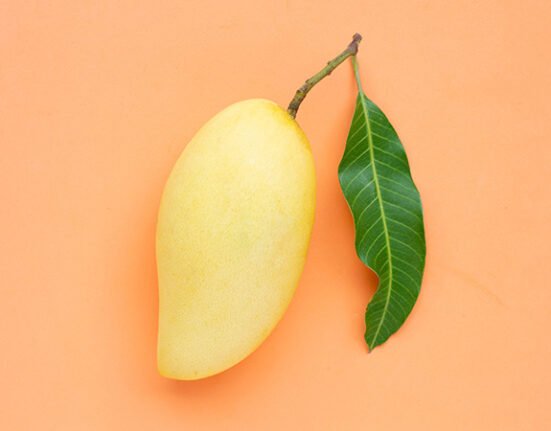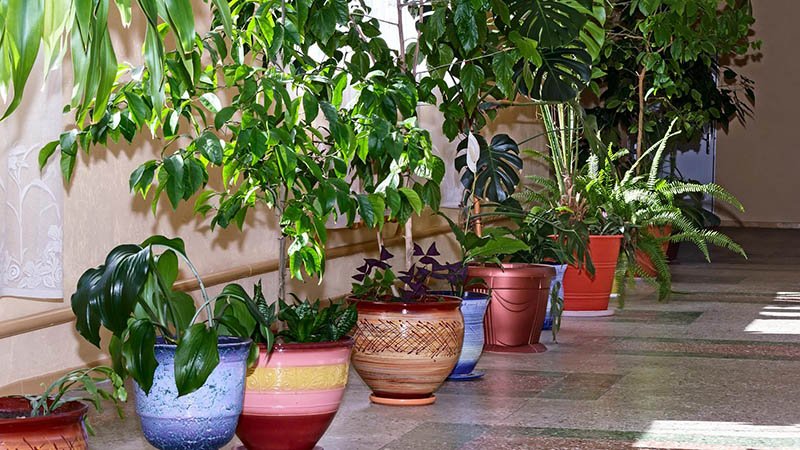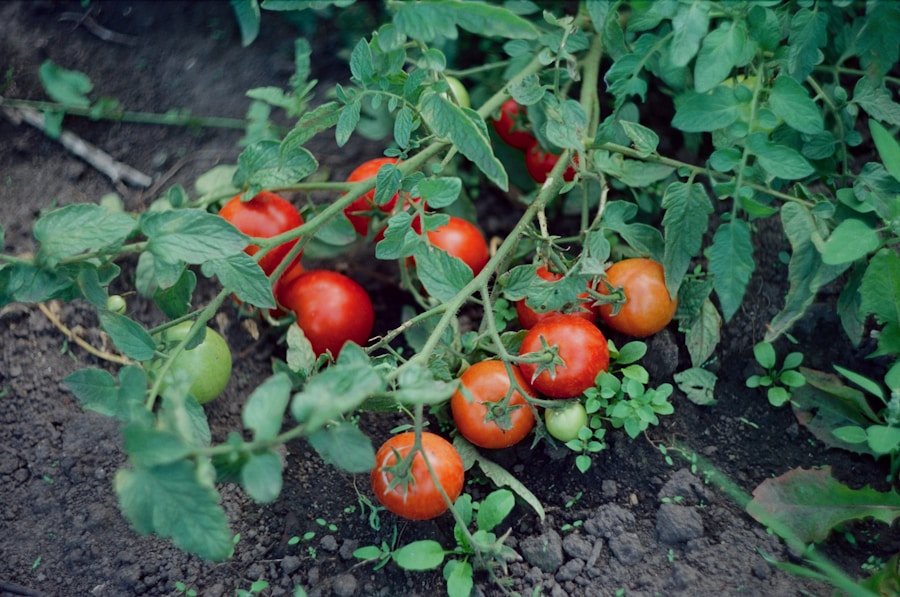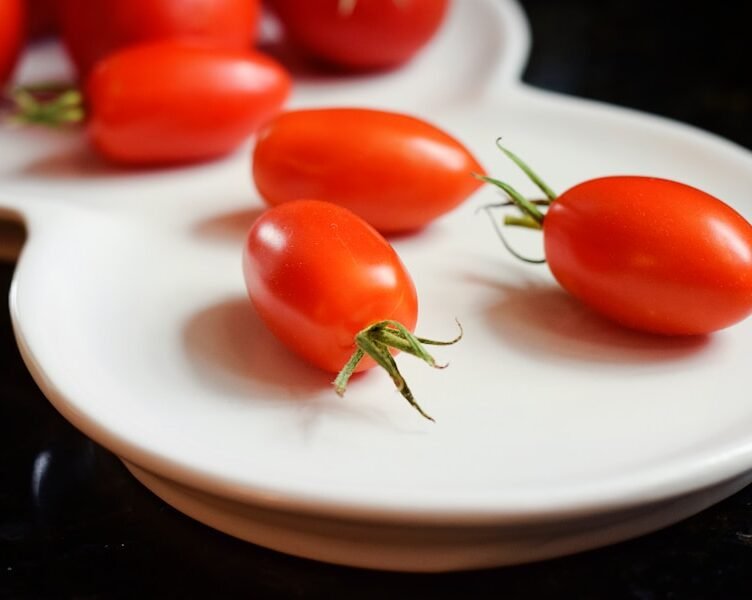Growing fruits indoors poses significant challenges due to the limited availability of natural light and space. Most fruits require substantial sunlight to flourish, which is often lacking in indoor environments, particularly in urban areas or regions with prolonged winters. Insufficient light can result in stunted plant growth, poor fruit development, and reduced yields.
Furthermore, limited space can make it difficult to provide the necessary conditions for larger fruiting plants to thrive. Without adequate space and light, successfully growing fruits indoors can be a significant challenge. To overcome these obstacles, indoor fruit growers may need to invest in supplementary lighting systems, such as grow lights, to ensure their plants receive sufficient light.
Additionally, innovative space-saving solutions, including vertical gardening and the use of reflective surfaces, can help maximize limited indoor growing areas. By proactively addressing these challenges, indoor fruit growers can create a more favorable environment for their plants to thrive.
Key Takeaways
- Limited space and light can hinder the growth of indoor fruits, requiring careful planning and selection of suitable varieties.
- Temperature and humidity control are crucial for creating a conducive environment for fruit growth, often requiring the use of heaters, fans, and humidifiers.
- Pest and disease management is essential to prevent infestations and infections that can quickly spread in the confined space of indoor growing areas.
- Pollination may need to be done manually for indoor fruits, as natural pollinators may not have access to the plants.
- Soil and nutrient management are important for providing the necessary nutrients for fruit growth, often requiring regular fertilization and monitoring of soil pH levels.
Temperature and humidity control
Temperature and Humidity Requirements
Many fruiting plants have specific temperature and humidity requirements for optimal growth and fruit production. Indoor environments can be more difficult to control in terms of temperature and humidity, especially in areas with extreme weather conditions.
The Risks of Fluctuations
Fluctuations in temperature and humidity can stress plants and lead to poor fruit development or even plant death. This highlights the importance of creating a stable growing environment for indoor fruit plants.
Addressing the Challenges
To address these challenges, indoor fruit growers may need to invest in climate control systems, such as heaters, air conditioners, or humidifiers, to create a more stable growing environment. Additionally, monitoring tools, such as thermometers and hygrometers, can help growers keep track of the conditions within their indoor growing spaces. By taking proactive measures to control temperature and humidity, indoor fruit growers can create a more stable and conducive environment for their plants to thrive.
Pest and disease management
Pests and diseases can pose significant challenges for indoor fruit growers. Without the natural checks and balances of outdoor ecosystems, indoor plants may be more susceptible to infestations and diseases. Common pests such as aphids, spider mites, and whiteflies can quickly take hold in indoor environments, leading to damage and reduced fruit production.
Additionally, diseases such as powdery mildew and root rot can spread rapidly in enclosed spaces, posing a threat to the health of indoor fruiting plants. To address these challenges, indoor fruit growers may need to implement integrated pest management strategies, such as regular monitoring, biological controls, and cultural practices to minimize pest and disease pressure. Additionally, maintaining good air circulation and proper sanitation practices can help reduce the risk of disease outbreaks.
By staying vigilant and taking proactive measures to manage pests and diseases, indoor fruit growers can help protect their plants and ensure a healthy harvest.
Pollination
| Common Challenges |
|---|
| Lack of sunlight |
| Pest infestations |
| Pollination issues |
| Humidity control |
| Temperature regulation |
| Space constraints |
Pollination is another common challenge when growing fruits indoors. Many fruiting plants rely on pollinators, such as bees or other insects, to transfer pollen between flowers and facilitate fruit development. In indoor environments, where natural pollinators may be scarce or absent, pollination can be a significant hurdle for fruit growers.
Without proper pollination, fruit set may be poor or nonexistent, leading to reduced yields. To address this challenge, indoor fruit growers may need to take on the role of pollinators themselves. Hand pollination techniques, such as using a small brush or cotton swab to transfer pollen between flowers, can help ensure that fruiting plants are successfully pollinated.
Additionally, creating a more inviting environment for natural pollinators by incorporating flowering plants or providing nesting sites can help encourage pollination in indoor growing spaces. By taking an active role in pollination, indoor fruit growers can help ensure that their plants produce a bountiful harvest.
Soil and nutrient management
Indoor fruit growers also face challenges when it comes to soil and nutrient management. Fruiting plants have specific soil and nutrient requirements for optimal growth and fruit production. Indoor environments may not always provide the ideal soil conditions, and potted plants can quickly deplete available nutrients in their growing medium.
Without proper soil and nutrient management, indoor fruiting plants may suffer from stunted growth, nutrient deficiencies, or poor fruit development. To address these challenges, indoor fruit growers may need to regularly monitor the nutrient levels in their growing medium and provide supplemental fertilization as needed. Additionally, using high-quality potting mixes with good drainage and aeration properties can help create a more conducive growing environment for fruiting plants.
By staying proactive in soil and nutrient management, indoor fruit growers can help ensure that their plants have the resources they need to thrive.
Fruit size and yield
Common Challenges in Indoor Fruit Growing
Without proper care and attention, indoor fruiting plants may produce smaller or fewer fruits than desired.
Optimizing Growing Conditions
To address these challenges, indoor fruit growers may need to focus on providing optimal growing conditions for their plants. This may include ensuring proper pollination, maintaining consistent temperature and humidity levels, and providing adequate nutrients for healthy growth.
Selecting Suitable Fruit Varieties
Additionally, selecting fruit varieties that are well-suited for indoor growing conditions can help maximize yields. By taking proactive measures to support fruit size and yield, indoor fruit growers can help ensure a successful harvest.
Fruit ripening and harvesting
Finally, indoor fruit growers face challenges when it comes to fruit ripening and harvesting. Many fruits require specific conditions for proper ripening, such as exposure to ethylene gas or certain temperature ranges. Indoor environments may not always provide the ideal conditions for fruit ripening, leading to fruits that are slow to ripen or fail to reach their full flavor potential.
Additionally, harvesting fruits at the right time is crucial for optimal flavor and quality. To address these challenges, indoor fruit growers may need to carefully monitor the ripening process of their fruits and provide any necessary interventions to support proper ripening. This may include using ethylene-producing fruits or ripening agents to encourage the ripening process.
Additionally, harvesting fruits at the peak of ripeness can help ensure the best flavor and quality. By staying attentive to the ripening process and timing their harvests carefully, indoor fruit growers can enjoy the full flavor and sweetness of their homegrown fruits. In conclusion, growing fruits indoors presents a unique set of challenges for gardeners.
From limited space and light to pest management and pollination, there are many factors that must be carefully managed in order to achieve successful fruit production. By addressing these challenges with proactive measures and creative solutions, indoor fruit growers can create a more conducive environment for their plants to thrive and enjoy a bountiful harvest of homegrown fruits.
FAQs
What are some common challenges when growing fruits indoors?
Some common challenges when growing fruits indoors include limited space, lack of natural light, maintaining proper humidity levels, controlling pests and diseases, and providing adequate air circulation.
How can limited space be a challenge when growing fruits indoors?
Limited space can be a challenge when growing fruits indoors because it may restrict the number and size of fruit plants that can be grown. It may also limit the types of fruits that can be grown, as some fruit plants require more space to thrive.
Why is lack of natural light a challenge when growing fruits indoors?
Lack of natural light can be a challenge when growing fruits indoors because many fruit plants require full sun to produce fruit. Without adequate light, fruit plants may not flower or fruit properly.
How can maintaining proper humidity levels be a challenge when growing fruits indoors?
Maintaining proper humidity levels can be a challenge when growing fruits indoors because indoor environments are often drier than outdoor environments. Some fruit plants require higher humidity levels to thrive and produce fruit.
Why is controlling pests and diseases a challenge when growing fruits indoors?
Controlling pests and diseases can be a challenge when growing fruits indoors because indoor environments can create favorable conditions for pests and diseases to thrive. Without natural predators and environmental factors, pests and diseases can quickly spread and damage fruit plants.
How can providing adequate air circulation be a challenge when growing fruits indoors?
Providing adequate air circulation can be a challenge when growing fruits indoors because indoor environments may not have natural air movement. Without proper air circulation, fruit plants may be more susceptible to pests, diseases, and poor growth.






